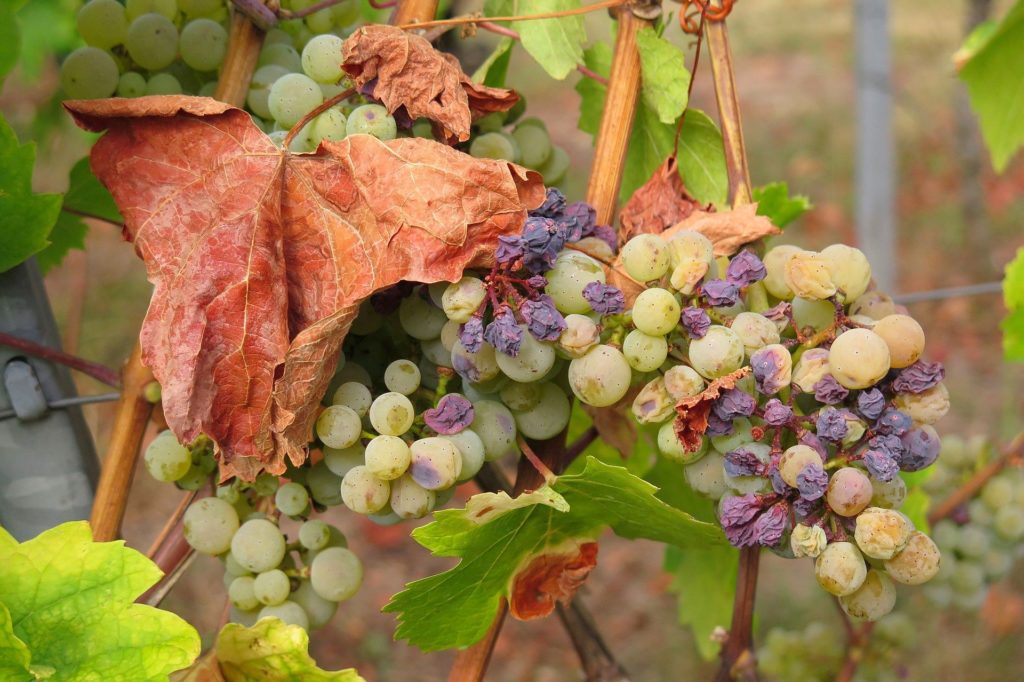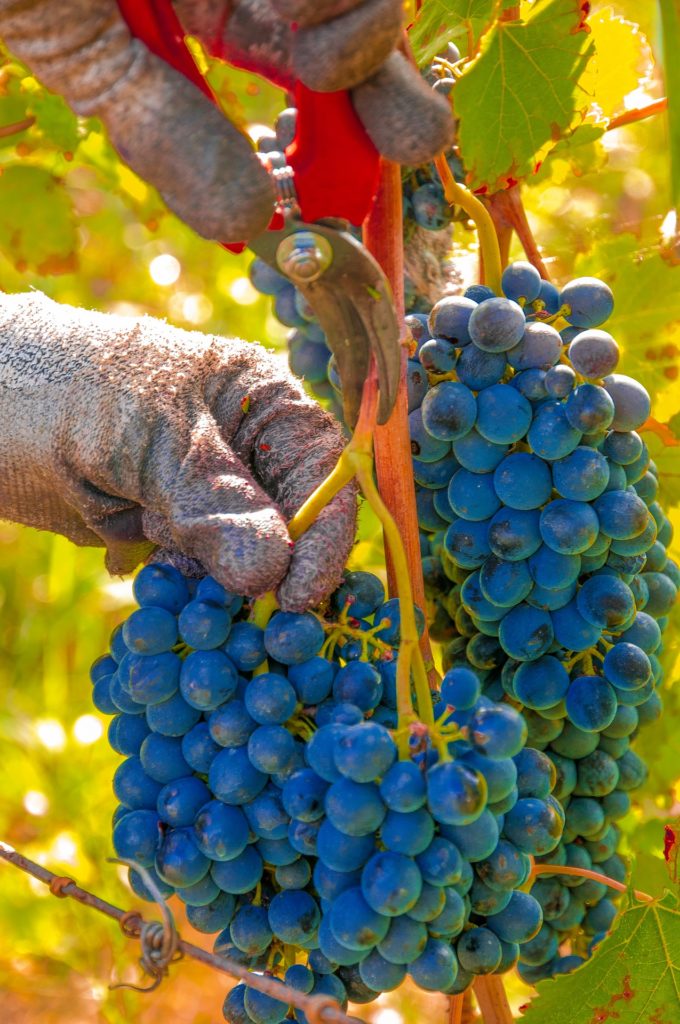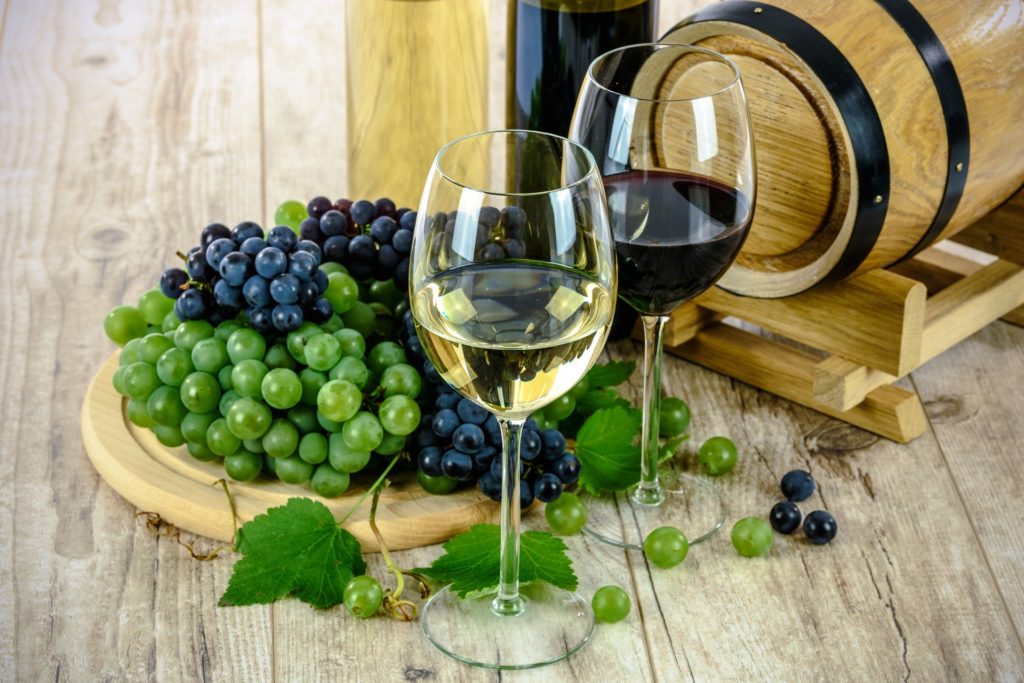Global warming is revolutionizing the world of winegrowing. It is very common to obtain wines with an alcohol content of over 15° due to very high temperatures. The potential of optics to quantify the evolution of grape ripening is therefore clear. In this way, the final alcohol content can be better understood.

How do you decide to harvest today?

To estimate the ripeness of a bunch of grapes, several parameters need to be measured. And analyzing these parameters can be very complex. Currently, in the vast majority of vineyards, sample analysis is destructive. We harvest 100 to 200 berries per plot a month before the harvest, and repeat the operation once or twice a week. The grape samples are then analyzed in the laboratory. The kinetics of parameter evolution from one week to the next provide a (presumed) statistical trend for the entire plot. When the parameters are considered favorable by the grower and the oenologist, the harvest is launched. Then there's no time to lose, and the race against time begins!
And tomorrow, optics to quantify the evolution of grape ripening
Given the current situation, decision-support tools are becoming increasingly popular with winegrowers. An easily transportable vision tool would improve ripening monitoring. It would also enable more precise monitoring of vine health, making viticulture more efficient. Automatic optical measurement does not destroy the sample being analyzed, and means that a larger number of berries can be processed more quickly. In this way, the tool enables statistical measurements that are truly representative of the plot.
Developing a hand-held tool to automate pre-harvest ripening monitoring represents a real technical and scientific challenge!
What are the key parameters to be measured optically?
Light gives us access to a number of parameters that can be used to decide on the precise harvest date, such as :
- Colorimetry for maturity
- Appearance defects for sanitary condition
- Diameter, volume and compactness for production

How would you go about making an optical measurement and its analysis?
There are several stages, from taking photos in the vineyard to estimating the grapes' ideal state of ripeness for harvesting. Here's a brief description of each step:
- Selection of grape bunches to be measured in the plot
- Acquiring a snapshot of the cluster
- Geometric extraction of each bay with sophisticated image processing
- Extraction of key parameters for each berry in the cluster: color heterogeneity, diameters, volume, defects, compactness, etc.
- Data analysis
- User-friendly presentation of results and evolutionary curves over time for the same geo-localized cluster
- Automatic data archiving
Conclusions
The need for an easily transportable tool capable of optically estimating the ideal ripeness of grapes is obvious. Instantaneous, automatic and non-destructive image capture is of great interest to end-users. But repeatable acquisition and image processing are key to the development of such an optical tool.
For your information, Vivelys has developed a tool to characterize grape maturity. The Dyostem is capable of precise optical measurements in the laboratory.
Finally, we can also imagine a similar tool for detecting diseases. Flavescence dorée, for example, or even water stress.
If you have any questions, or need further information, please don't hesitate to contact us or leave a comment below.

Ping : Image processing algorithms and AI (Artificial Intelligence) - IMASOLIA